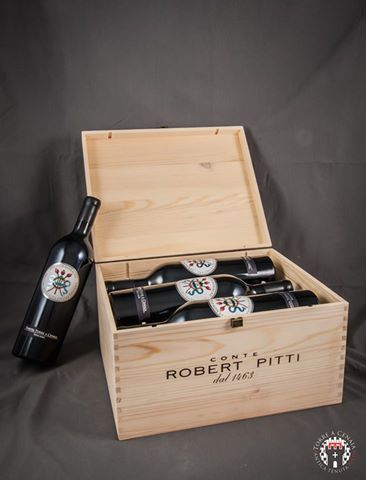Made of 75% syrah and merlot for the rest, resting for twelve months in Allier oak tonneaux and for another twelve months in the bottle, Per non dormire is an amazing wine, with a sumptuous but at the same time outspoken character. It Imposes itself immediately, since its incredibly deep ruby red color and violet hues. The bouquet envelops with strong notes of blackberry and blueberry. The flavor is consistent and well structured, velvety, rich in soft and silky tannins, the finish is pleasantly long.
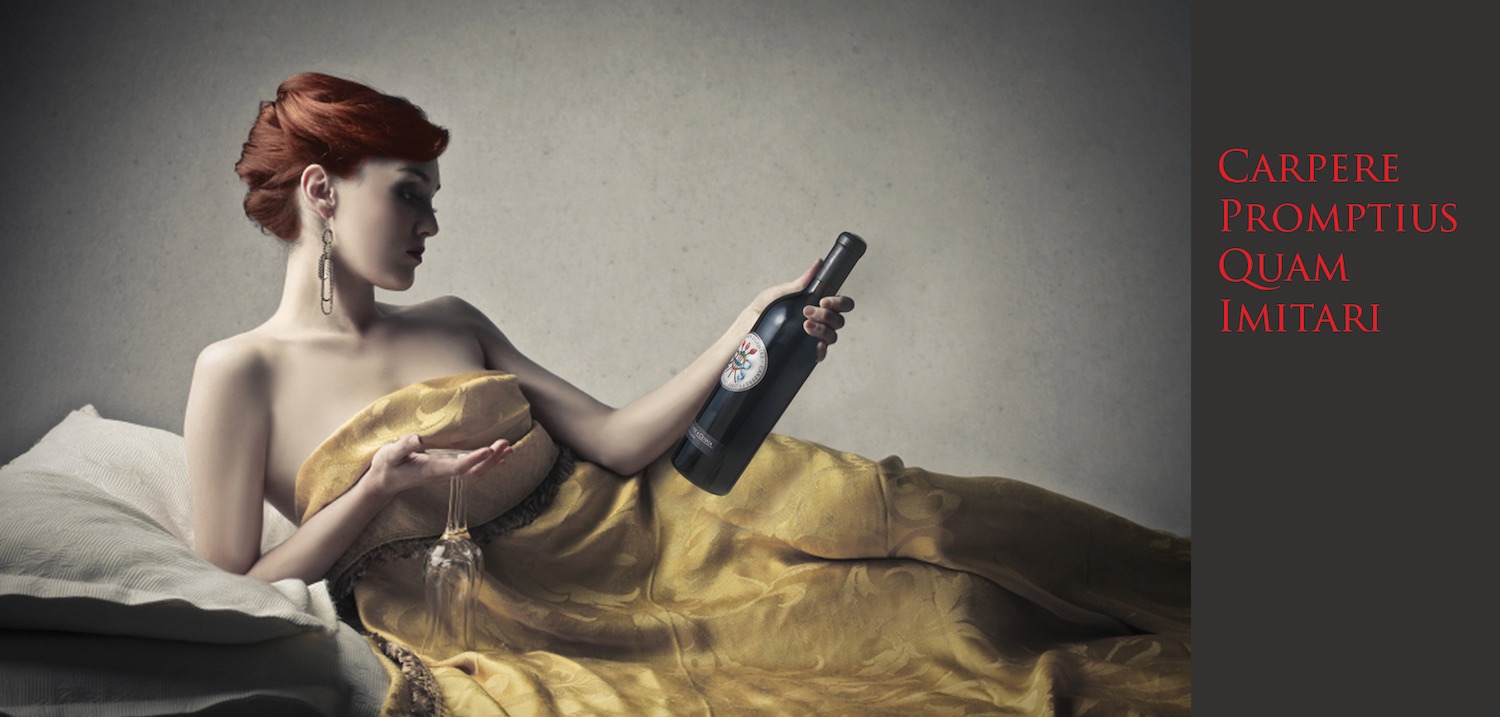
Just this resinous and enveloping sweetness, typical of syrah, catch us and drag us into a dream-like and natural vortex and you can feel the allusion to the pleasant daze induced by poppy. It is the ideal companion for important banquets, it goes well with dishes of red meat and game, but even better with itself. Its structure makes it a real meditation wine. What “meditating” while sipping this wine is suggested by the same wine, inviting us to suspend the concerns and the struggles of every day, to dwell on the pleasure of the moment.
Torre a Cenaia is steeped in history; a place where there have been events and characters sometimes difficult to focus. Documented in the ancient Pisan cards already in the eleventh century, it has been witness and protagonist of a thousand years of history and still has many traces of this illustrious and rich past.
When we push the heavy door of the millennial church of Sant’Andrea in Torre a Cenaia we are struck by a strange relief that is repeated several times in both door leaves.
Many small bouquets of poppies enclosed by a ring, overcome a cartouche with the words “For not sleeping.” What a strange thing for a church. It looks like a encrypted key, a reference to some kind of affair: what do all those poppies want to tell us? Who has left this message?
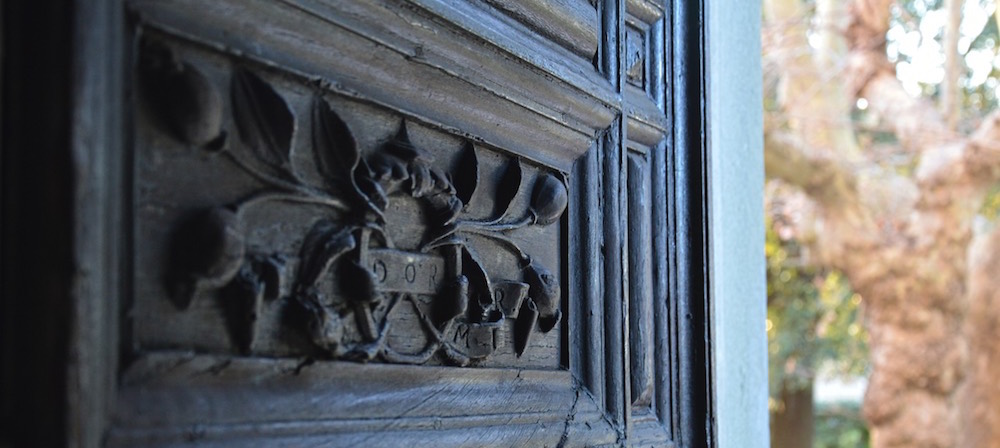
“For not sleeping” is one of the most famous legacies that our past has given us. Who has the keen eye will have noticed it in Florence on the facade of important buildings, or on school books, among the pages of literature that tell of a famous Italian poet, daring and – also – a bit ‘weird.
This is the motto of the noble Florentine family, originally from Siena, the Bartolini Salimbeni, who owned the estate starting probably from the sixteenth century until the eighteenth century, when they gave away the land and the ancient village of Cenaja to other noble families, including counts Valery of Corsica and the Pitti.
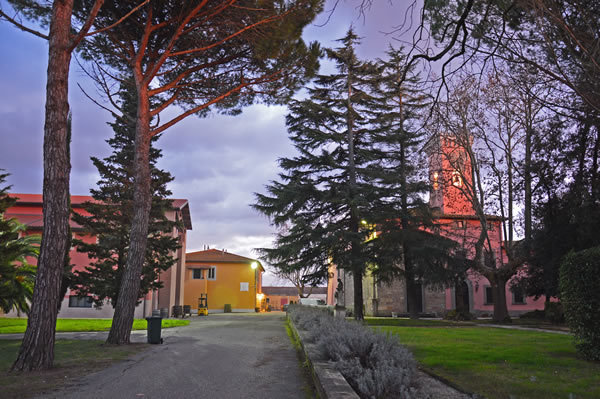
The allusion is to their shrewdness in business and to their feat which- so it is said – let them become extraordinarily rich and one of the most influential families in the Italy of the late Renaissance.
It is said that one of its members, came to know the arrival in Florence of a precious wool consignment coming from Northern Europe and decided to take it with a fraudulent ploy. The previous evening he offered a sumptuous dinner to its competitors in the business, in which without being seen he mixed the wine with one of the most powerful sleeping pills that you could find at that time, the opium, extracted from the poppy. The next morning, when everyone was still asleep stunned by the narcotic effect of opium, the Bartolini Salimbeni bought at a favorable price the entire load and resold it on the Florentine market, getting a huge gain, and thus building solid foundations for the fortune of family. “For not sleeping” is because the wealth of the family would derive from not having slept in contrast to all other competitors in the business – in spite of themselves! The poppies would allude to the narcotic that made possible the economic rise of the family.
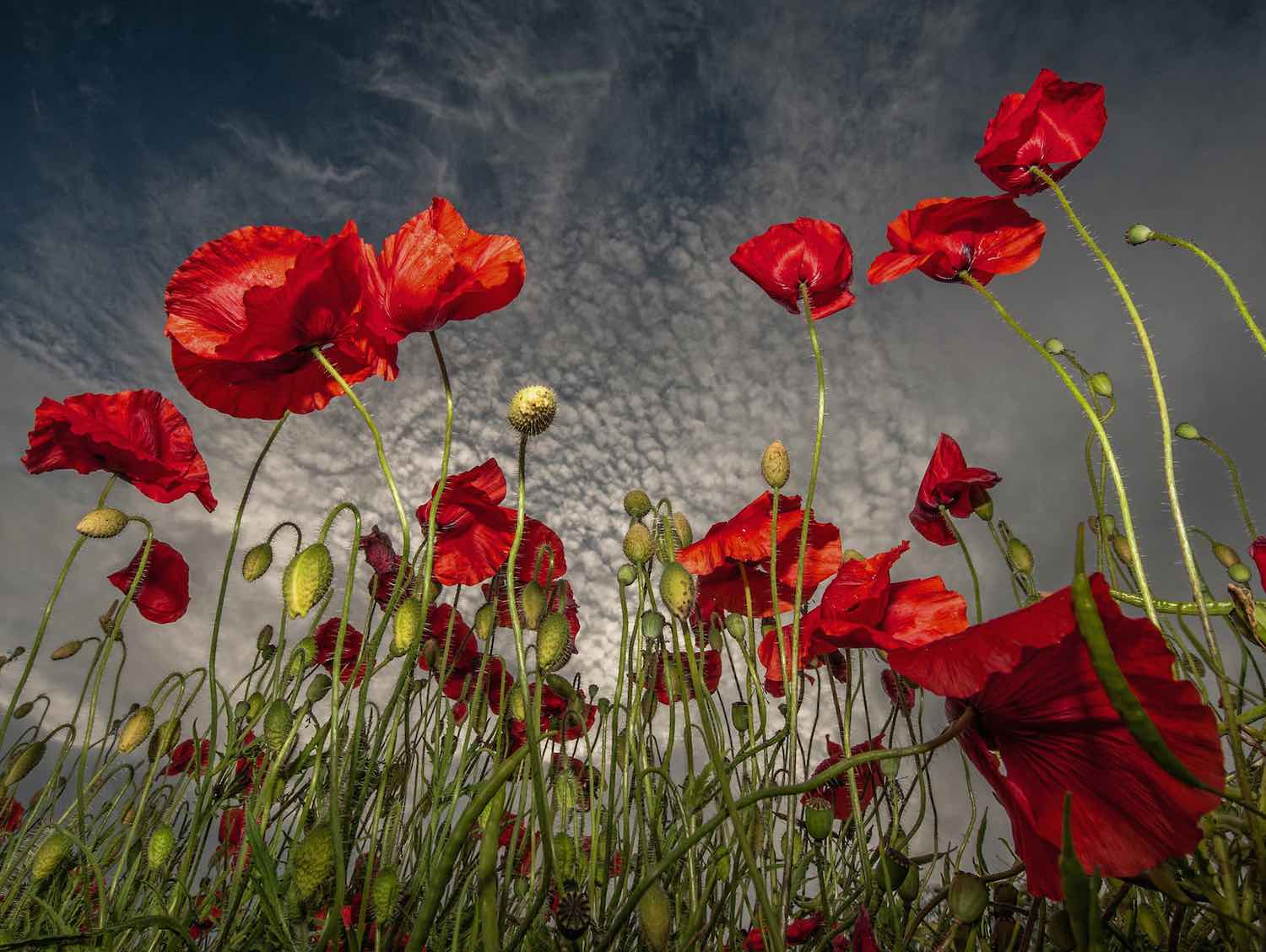
Torre a Cenaia holds other traces of the noble Florentine family, first of all the coat of arms with the lion rampant which is proudly displayed on the sides of the altar of Sant’Andrea church and on the keystone at the entrance of Torre a Cenaia. The coat of arms reminds to the most famous symbol on the corner of the Florentine Palace Palazzo Bartolini Salimbeni in Firenze (Piazza Santa Trinità), a splendid example of late Renaissance architecture which already shows some Mannerist elements. Futuristic construction strongly criticized by the Florentines of the time, but soon became an example to follow, offering many suggestions to architects of the following centuries.
It was built by Baccio D’Agnolo between 1520 and 1523 who had had engraved the inscription on the door Carpere Promptius Quam Imitari: “it is easier to criticize than imitate”
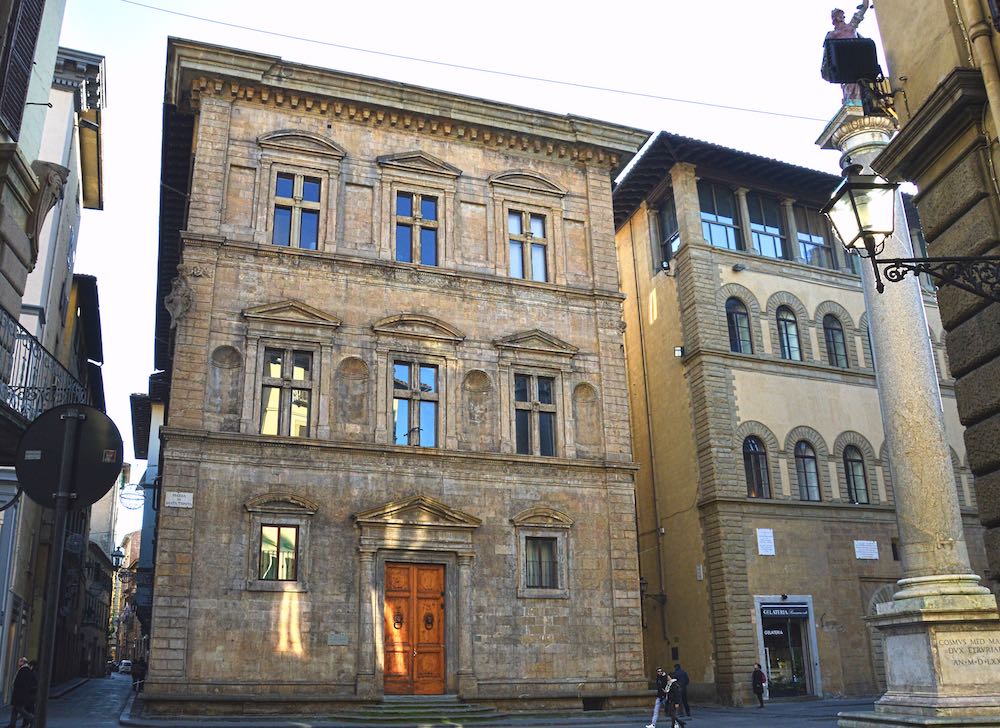
The Palace became a rich source of ideas for the next several decades architects, and the Bartolini Salimbeni were able to gain new strength for their own “branding”. Because the transience of pleasure and of existence itself, now even more perceivable as in any era rich of great changes, fixes us in an eternal but elusive present, to enjoy sip by sip
The “carpere” of Bartolini Salimbeni Family and the admonition to “not sleep”, remind us of the most famous carp [re] diem of Horace’s memory. The same Latin verb, the same concrete word that suggest just something to grasp and suck to the last drop
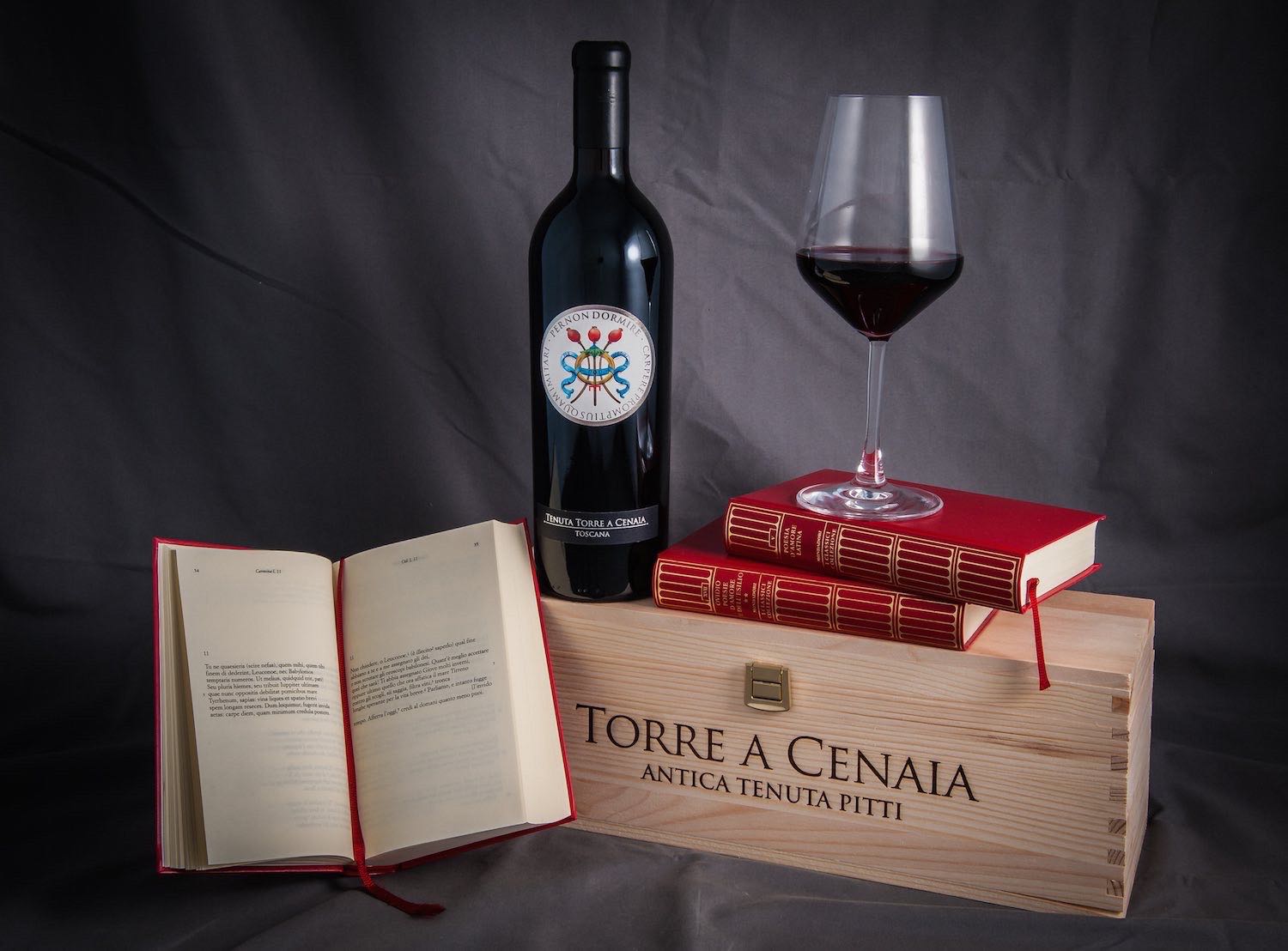
DENOMINATION Rosso Toscana IGP
GRAPES Merlot, Syrah
HARVEST TIME Merlot: first ten days of August; Syrah: second decade of September
VINIFICATION soft destemming-crushing, fermentation at controlled temperature in cement vats for 20-25 days, malolactic fermentation in cement vats
AGEING In French oak barrels for 12 months
BOTTLE AGEING 12 months
ALCOHOL 14% vol
